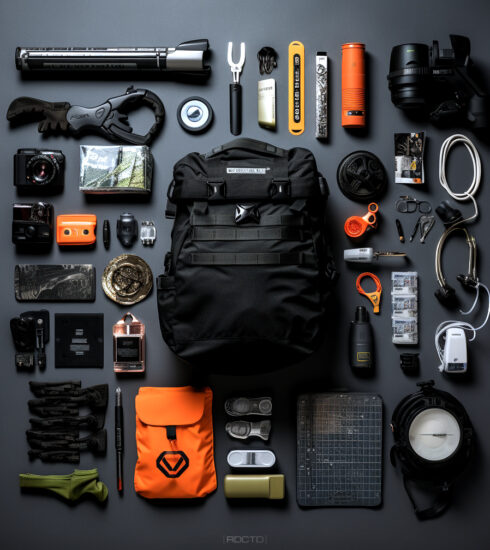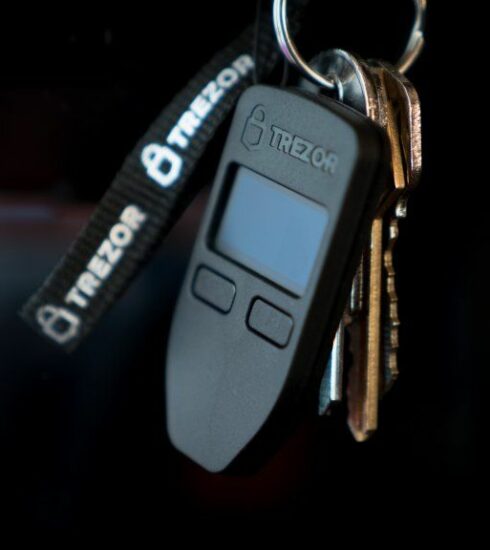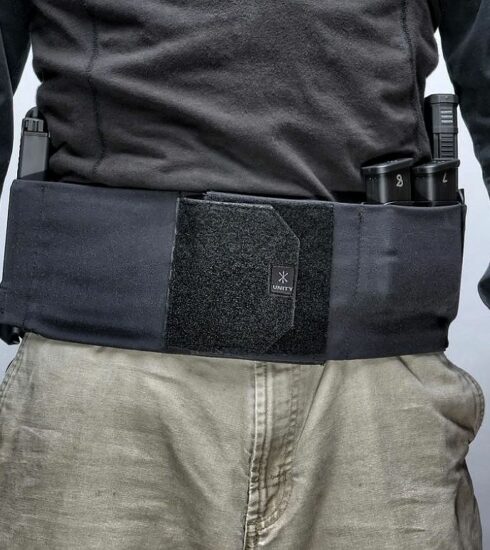The ‘Decoy Security Safe’ Method
A basic but powerful tradecraft measure to add a layer of security to security safes at home and at the office for physical asset protection.
In the world of covert operations, the art of deception is an indispensable part of tradecraft. Misdirection, disguise, and subterfuge are all key elements that contribute to the success or failure of sensitive operations.
The same principles can be applied to securing valuable assets, both at home and in the workplace. Enter the “decoy security safe” method, a layered security approach designed to exploit the psychology of would-be thieves, ensuring that your most valuable assets remain uncompromised. This intel is a guide on the effective implementation of this method.
Conceptual Underpinning: Exploiting Human Behavior
The decoy security safe method relies on the premise that thieves, much like intelligence adversaries, follow the path of least resistance. The presence of a clearly visible safe often acts as a lure, focusing the intruder’s attention and efforts on what they assume is the primary target. This psychological manipulation is akin to creating a decoy operation to divert attention from the real mission objective.
Setting Up the Decoy Safe
Location
Position the decoy safe in a location that is easily accessible and relatively conspicuous, such as on a shelf in the bedroom or in the corner of an office. The visibility of the safe is its chief attribute, designed to immediately capture the attention of anyone entering the space with ill intent.
Contents
Populate the decoy safe with what I call “credible trivialities”; small amounts of cash, inexpensive jewelry, or non-sensitive documents. The aim is to make the thief believe they have found something of value, ensuring they take the bait and promptly vacate the premises.
Locking Mechanism
While it may seem counterintuitive, either leave this safe unlocked or use a simple locking mechanism that can be easily defeated. The objective is to waste the thief’s time but not so much that they grow suspicious and start looking for a second safe.
The Real Safe: Your Operational Cache
Location
Your primary safe should be strategically positioned in an inconspicuous location. Think like an operative setting up a dead drop: you want a spot that’s accessible but not obvious. Options include behind a false wall, under floorboards, or within custom-built furniture.
Contents
This safe should contain your most valuable assets such as important documents, high-value jewelry, large sums of money, or any other items of significant worth. As this is your “real” safe, it should be secured with a robust locking mechanism, preferably one with biometric features and time-delay functionality.
Locking Mechanism
Invest in a high-grade, tamper-resistant locking system for this safe. Your aim is to deter even the most dedicated thief, providing ample time for law enforcement to respond to any breach attempts. In the world of covert ops, this is akin to using advanced encryption methods to protect sensitive data.
Operational Considerations
Periodic Review
As with any security protocol, it’s essential to regularly review and adapt your arrangements. This is the equivalent of counterintelligence operatives continually updating their methods in response to evolving threats.
Legal Ramifications
Be mindful of the legal implications in your jurisdiction. While this method is designed for self-protection, certain legal systems might pose challenges should a thief be injured or killed in the process of attempting to crack a safe, decoy or otherwise.
The decoy security safe method is a dynamic approach to asset protection that borrows principles from the art of espionage and covert operations. By leveraging human psychology and employing a layered security strategy, you substantially reduce the risk of significant loss due to theft. In a world full of uncertainties, one thing remains clear: a good offense often starts with a strategic defense.
[INTEL: The Extrinsic Method of Securely Hiding Items in Hotel Rooms]







